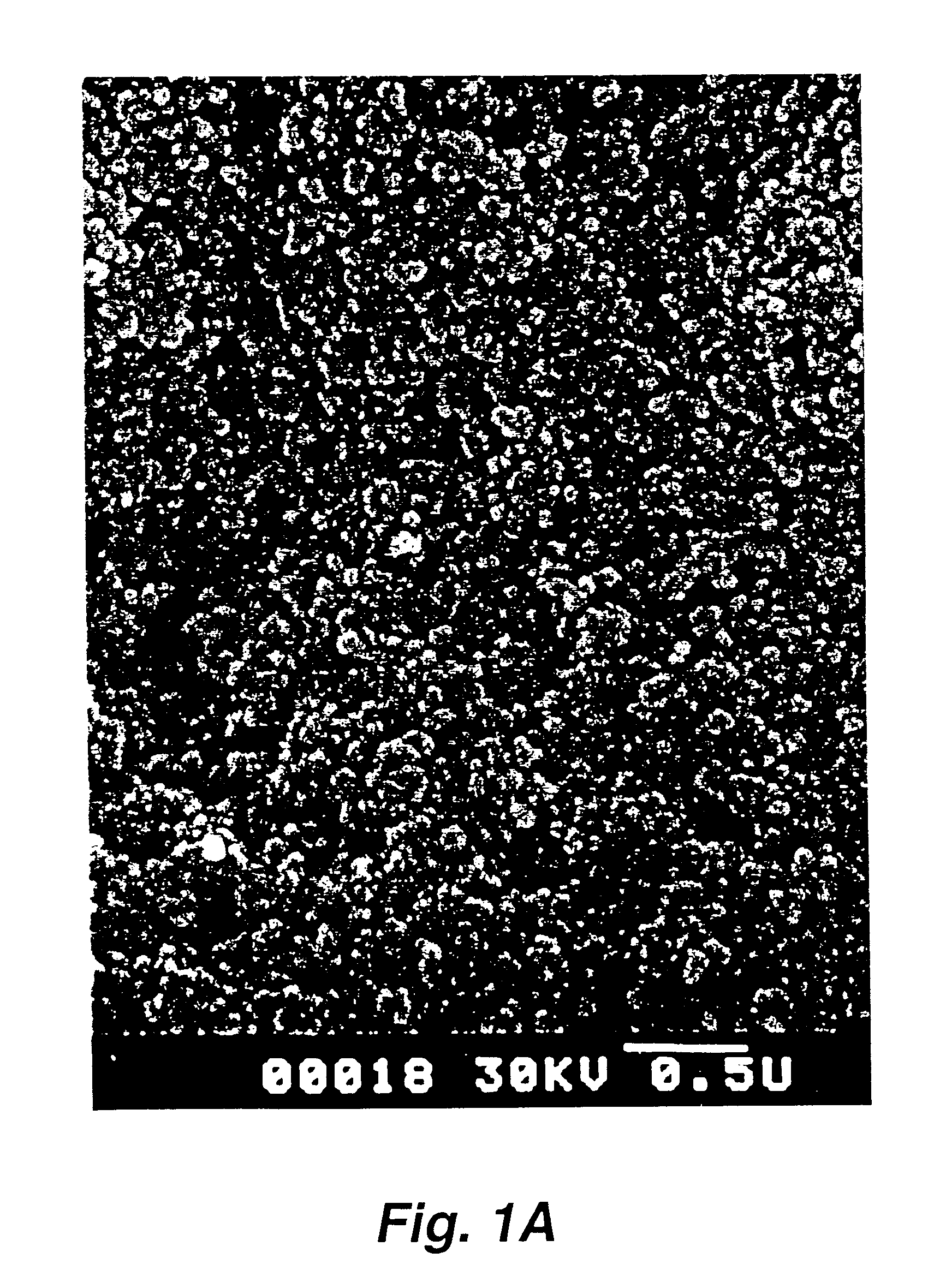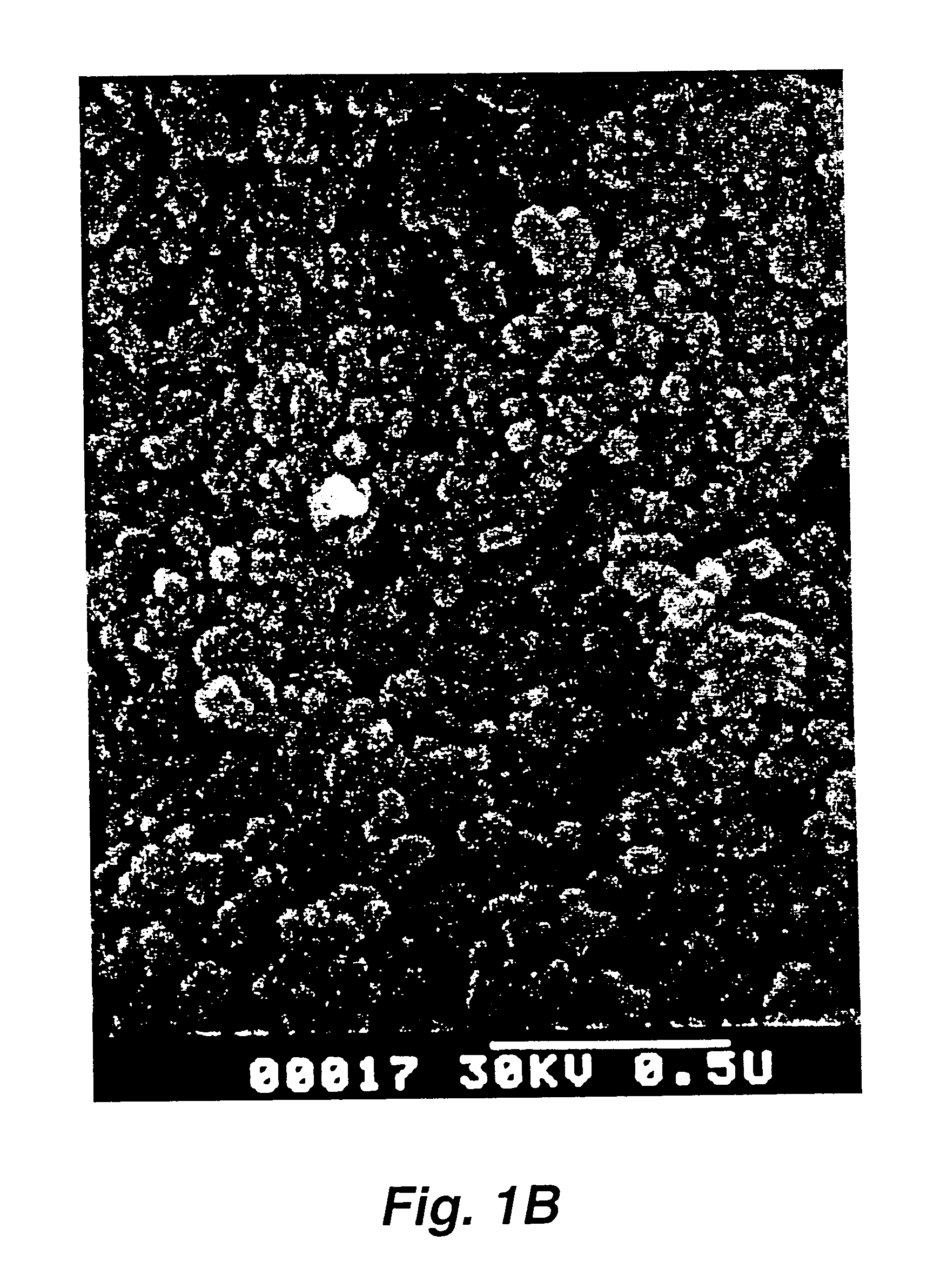Silica precipitate
a technology of precipitate and silica, applied in the field of silica precipitate, can solve the problems of large volume of wastewater processing dissolved silica in industrial cooling water is a major problem, and process is not capable of processing large volumes of wastewater through high-flow mechanical systems
- Summary
- Abstract
- Description
- Claims
- Application Information
AI Technical Summary
Problems solved by technology
Method used
Image
Examples
example 2
A 15 gpm pilot scale system was used to process waste-water containing. silica. The silica was present in dissolved and colloidal silica form in the waste stream. A 38% sodium aluminate solution at a ratio of 0.45:1 Al:Si, 46% aluminum sulfate at constant dose of 45 ppm, 50% aluminum chlorohydrate at a dose of 25 ppm, and a 20% epichlorohydrin / dimethylamine polymer (a high charged, low molecular weight cationic epi-DMA product) at a dosage of 0.25-1.0 ppm to aid in the removal of the silica, TDS and TSS. This formed a well defined particle for filtering or settling. This yielded very low to non-detectable effluent values of the silica and Silt Density Indices (SDI) below 3.0. The filtration membrane was a 0.5 micron polypropylene felt with a PTFE (polytetrafluoroethylene) coating obtained from W.L. Gore. The membrane flux ranged from 175 GFD to 400 GFD at a vessel operating pressure less than 15 psi. The results are reported below in parts per million.
example 3
A 3-5 gpm bench scale system)was used to process waste-water containing silica. The silica-containing waste stream was obtained from a commercially available CMP slurry sold by Rodel, known as ILD 1300. The ILD 1300 slurry was diluted according to manufacturer's instructions, and it was found to contain about 1380 ppm Si, measured by graphite furnace atomic absorption, and about 70 ppm ammonium (NH.sub.4), measured by ion chromatography. One liter of the waste stream weighted about 993.7 grams. The silicon was present in the waste stream as dissolved and colloidal silica. The waste stream was adjusted to a pH of about 8.58 by adding small amounts of sodium hydroxide and sulfuric acid. The waste stream was mixed for about 3 minutes while the pH was adjusted. 2.09 g of a 20% by weight solution of epi-DMA, an epichlorohydrin / dimethylamine polymer having an average molecular weight of 250,000.+-.50,000 (EnChem Lot I-1396 / 423 / MIC) and 0.19 g of dry aluminum chlorohydrate were added to on...
example 4
A 3-5 gpm bench scale system was used to process waste-water containing silica. The silica-containing waste stream was obtained from a commercially available CMP slurry sold by Hoescht, known as KLEBOSOL. The KLEBOSOL slurry was diluted according to manufacturer's instructions, and it was found to contain about 4474 ppm Si and about 3.2 ppm aluminum by graphite furnace atomic absorption. One liter of the waste stream weighed about 998.4 grams. The silicon was present in the waste stream as dissolved and colloidal silica. The waste stream was adjusted to pH 9.84 by addition of small amounts of NaOH and H.sub.2 SO.sub.4. The waste stream was mixed for about 3 minutes while the pH was adjusted. 2.09 g of a 20% by weight solution of epi-dma, an epichlorohydrin / dimethylamine polymer having an average molecular weight of 250,000.+-.50,000 (EnChem Lot I-1396 / 423 / MIC) was added to one liter of the waste stream and mixed for about 20 minutes.
The reaction mixture was pumped through the filter...
PUM
| Property | Measurement | Unit |
|---|---|---|
| size | aaaaa | aaaaa |
| size | aaaaa | aaaaa |
| solubility | aaaaa | aaaaa |
Abstract
Description
Claims
Application Information
 Login to View More
Login to View More - R&D
- Intellectual Property
- Life Sciences
- Materials
- Tech Scout
- Unparalleled Data Quality
- Higher Quality Content
- 60% Fewer Hallucinations
Browse by: Latest US Patents, China's latest patents, Technical Efficacy Thesaurus, Application Domain, Technology Topic, Popular Technical Reports.
© 2025 PatSnap. All rights reserved.Legal|Privacy policy|Modern Slavery Act Transparency Statement|Sitemap|About US| Contact US: help@patsnap.com



